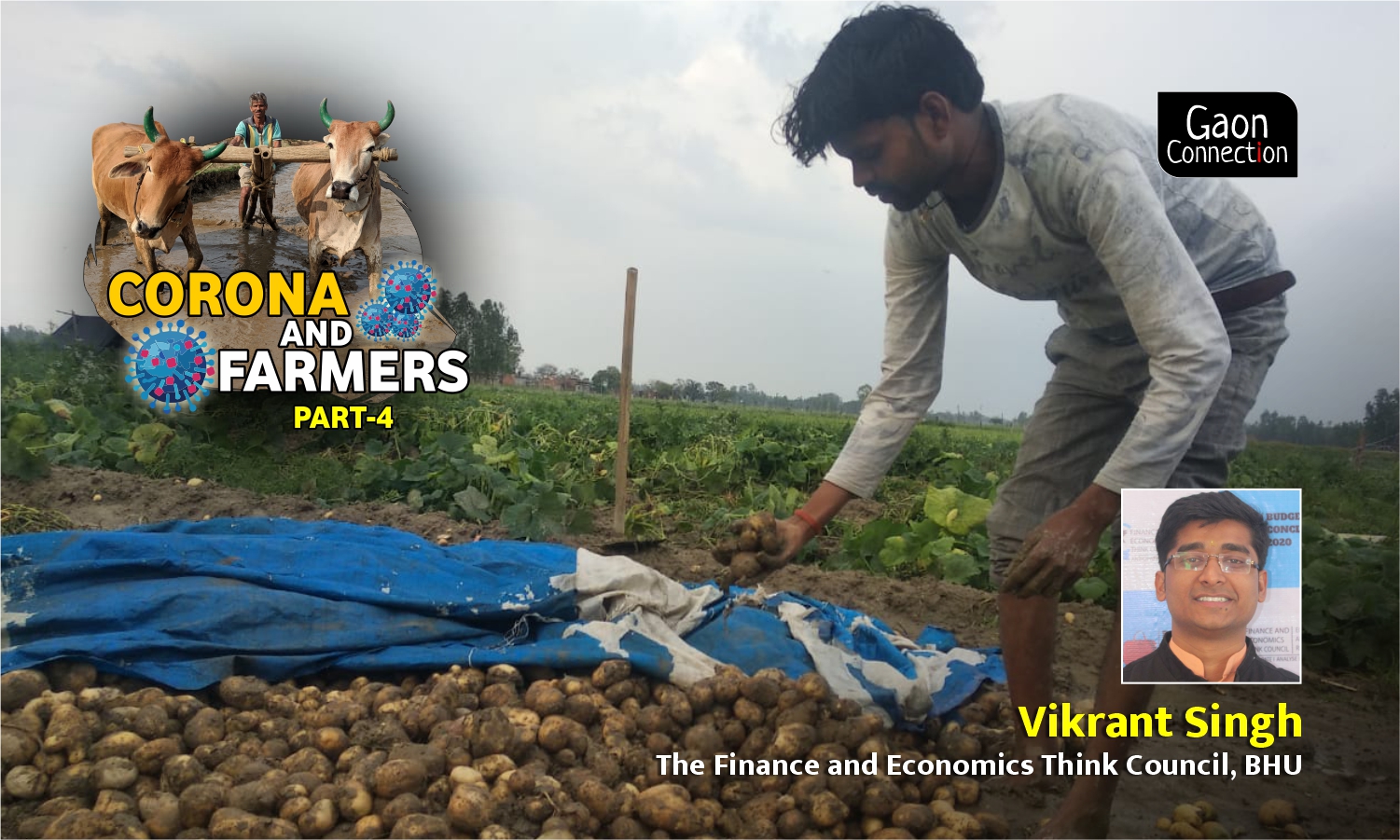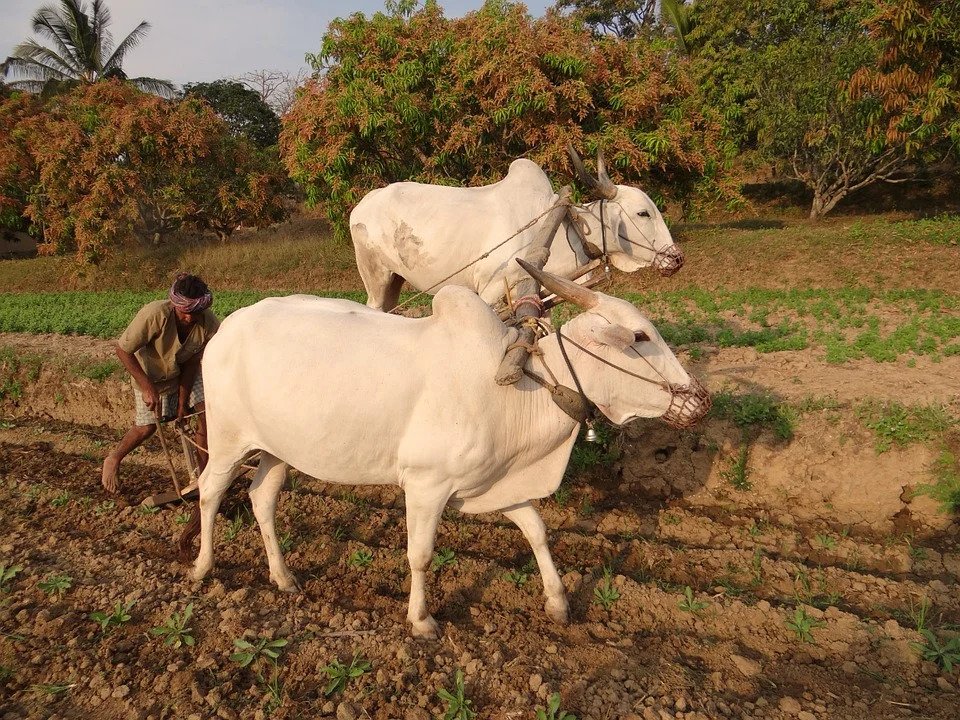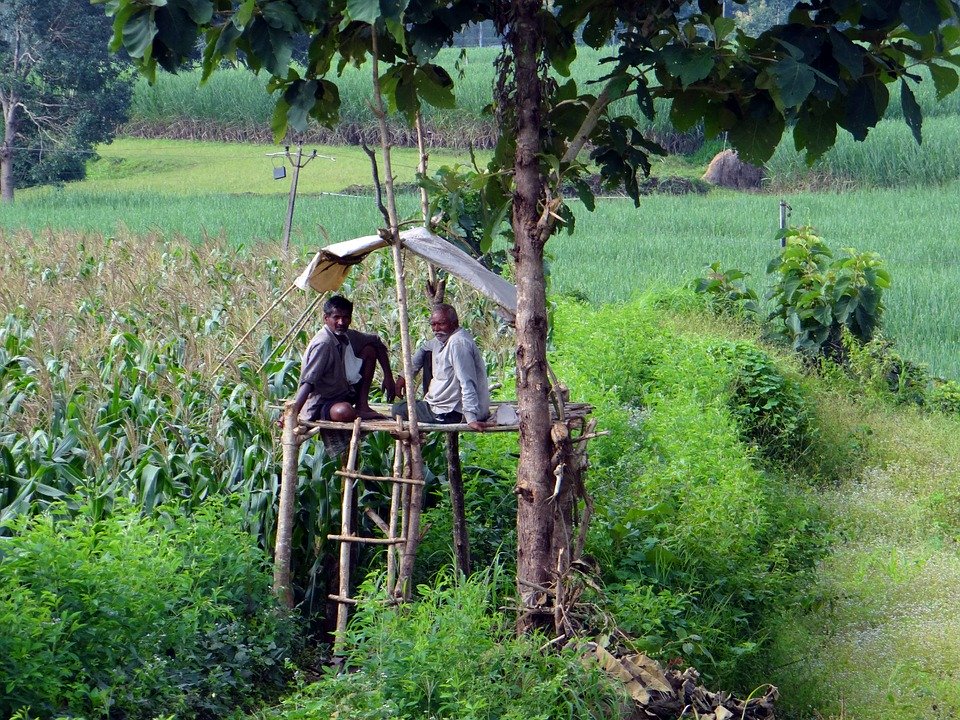“The agriculture sector should be seen as a crucial link to revitalise our economy in the future”
What should be done to help our farmers during the COVID crisis? In the fourth part of our series ‘Corona and Farmers’ read what Vikrant Singh from the Banaras Hindu University has to say


The agriculture sector was, is, and will remain to be the foundation of the Indian economy. This has been the most evident during the existing global crisis of COVID-19. It is an unprecedented crisis wherein lockdowns, and not vaccines, are brought to use as tools against the virus.
Most of the production activities in India as well as all over the world have been completely stopped, but even in such a crisis, the farmers have harvested crops in their fields, and are currently preparing for the next crop. The farmers, just like the doctors, are fighting like soldiers amid this crisis. It is due to the sole effort of the farmers that despite the nationwide lockdown, people are managing to get food in their homes. This is the result of the achievement of the Indian self-sufficiency in food grain production during the past three decades. However, it is also a fact that there is no visible improvement in the income and quality of life of the farmers in proportion to the increase in food grain production.
The impact of the coronavirus pandemic is not restricted to a single specific. It is affecting the entire world — geographically, socially, and economically. The Indian economy is also going through its worst phase. All the sectors are getting adversely affected. The agriculture sector and the manufacturing and service sectors seem to be heading towards a deep recession. As per various reports, so far, the impact of COVID-19 has not majorly been felt in rural India, but if this crisis reaches our villages, the outcome would be catastrophic. Even today, rural India is beset with problems of clean water, nutritious diet, systematic health centres, etc.

At present, the primary sector (agriculture) is in a slightly better position than the other two sectors (manufacturing and service sector). Nonetheless, it is also marred with issues. There are going to be two serious negative impacts on the agriculture sector due to the lockdown and shutdown of work in cities.
1. A large population is making its way back into the villages, which will increase the additional pressure for livelihood on the agriculture sector.
2. Disturbance in the supply chain of the agro-based products: There are many companies which manufacture agro-products. But, due to the ongoing lockdown, the raw material coming out from the villages is not being used. It is affecting farmers’ income. For example, the closure of hotels and restaurants has lowered the demand for vegetables. Flower farmers are also getting affected due to the ban on events and closures of shrines. Poultry farmers are also suffering a major loss.
Amid the COVID-19 crisis, rural India is not considered to be an issue of central discourse amidst all the other issues. Rather, in this hour of crisis, most of the discussion should pertain to the rural economy. At present, the agriculture sector should be seen as a crucial link to revitalize the Indian economy in the future. The agriculture sector has registered a historic decline in the past few years. The annual growth rates of agriculture and allied sectors have been 1.5%, 5.6%, -0.2%, 0.6%, 6.3%, 5.0% and 2.9% at 2012-13, 2013-14, 2014-15, 2015-16, 2106-17, 2017-18 and 2018-19, respectively. According to a report released by the National Statistics Office in January, 2020, the agricultural growth rate was estimated at 2.8% in the year 2019-20. If this crisis continues, agriculture growth may recede to the negative figures.

Despite the announcements made by the government, the markets of agricultural products are rapidly closing down due to the ongoing crisis of COVID-19. The agriculture sector is also seeing a crisis of demand as well as supply. The important fact is that, at present, the economy can’t be viewed in its rural/urban divide. There are many activities which depend on the villages despite being carried out in the city and there are many rural activities which depend on the demand from the cities. According to the report of the United Nations 2019, India’s 69% population lives in villages. That is, 69 per cent of the consumption-based demand in the total economy belongs to the villages.
There have always been three major problems before the farmers. First, there is a huge strain of debt on them. Secondly, their cultivation cost is skyrocketing, and the third is the failure to get fair prices for their crops. Today, there is a need for the government to work on all these three problems and try to protect the economy with the help of the agriculture sector. The government can take effective measures to pull out the agriculture sector from the existing crisis.

- Under the Pradhan Mantri Krishi Samman Yojana, a total of 12 crore farmers were given cash payments of Rs 6,000. The government should increase the benefit of the Pradhan Mantri Krishi Samman Yojana from Rs 6,000 to Rs 1,2000. For this, an additional Rs 72,000 crore will be required.
- An installment of Rs 6,000 may be sent to the accounts of the farmers before the sowing of the Kharif season. In this way, farmers will be able to procure manure and seeds at the right time for sowing in the fields.
- A special relief package may be announced to restore the supply chain between villages and cities which has been disturbed due to the lockdown. The government efforts have to be made to reach out to every single potential consumer of agricultural products. The e-commerce companies can play a big role in this.
- At the Tehsil level, a task force should be set up by the Centre and the state government taking technical assistance for the availability of essential facilities like seed/manure for the sowing of Kharif crop to farmers. This task force will work to meet the needs of any village or an individual farmer within a given time.
- The government needs to make for the smooth procurement of crops at every village level to save upon transportation expenses on farmers’ products. This will also help in increasing the income of the farmers.
- The date of repayment of farmers’ debts and interest on loans should be deferred by two years.
- The benefit of employment guarantee should be given to the labourers who have migrated to the village by registration under the MGNREGA. This will reduce the additional strain on agriculture.
The ongoing crisis of COVID-19 can also be converted into a major opportunity for the agriculture sector. A large model of village-based agro-industry can be created in 600,000 villages in the country. If we succeed in doing this, migration from rural areas will be curbed.
(Views are personal)
Vikrant Singh is the founder and the president of the Finance and Economics Think Council, Banaras Hindu University.

